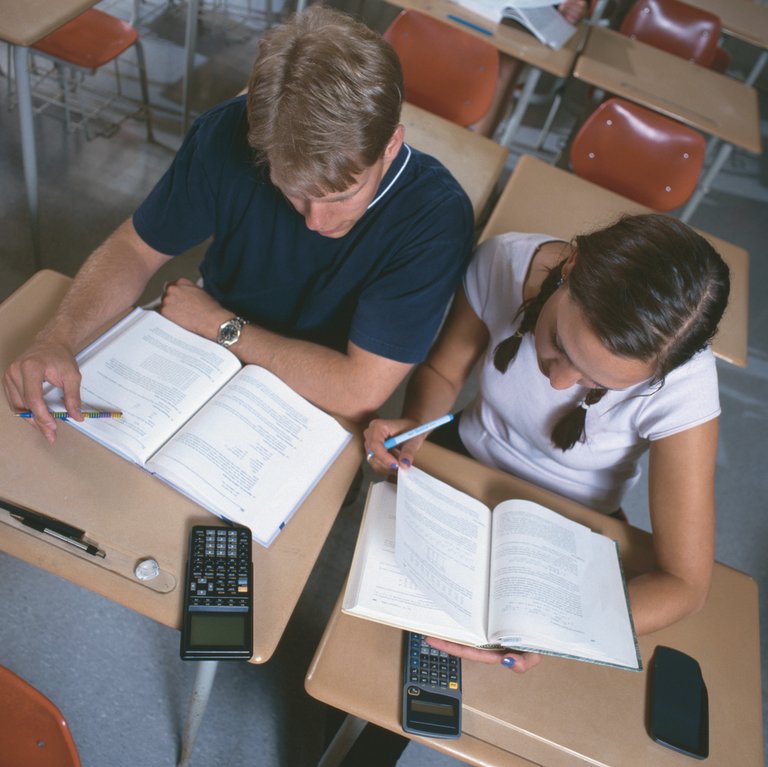Eye and hand are fundamental in reading, both in Chinese and French

In research with French and Chinese readers, it has been proven that reading the same areas of the brain, both in one language and the other.
French uses the alphabetic system and Chinese the logographic, that is, each character represents a complete word. Research so far on how these two types of languages are read has suggested reading them in different ways. However, on this occasion, using functional MRI, researchers have clearly seen that the same areas of the brain are used in one language or another. Both French and Chinese use vision systems and gestures when reading in their native languages, but according to the language, each one has more strength. In this sense, the journal Nature has collected on its website statements by the neuroscientist of the University of London, Uta Frith, who according to Frith, has highlighted the importance of the eye and hand when reading. This opens up other avenues, “for example, it can help understand why many people have dyslexia by writing poorly at hand, as well as speaking poorly.” In his opinion, when teaching children to read, the motor system is not taken into account, but considering this research, he believes it would be good to work it. The study has been published in the journal PNAS.
Buletina
Bidali zure helbide elektronikoa eta jaso asteroko buletina zure sarrera-ontzian











